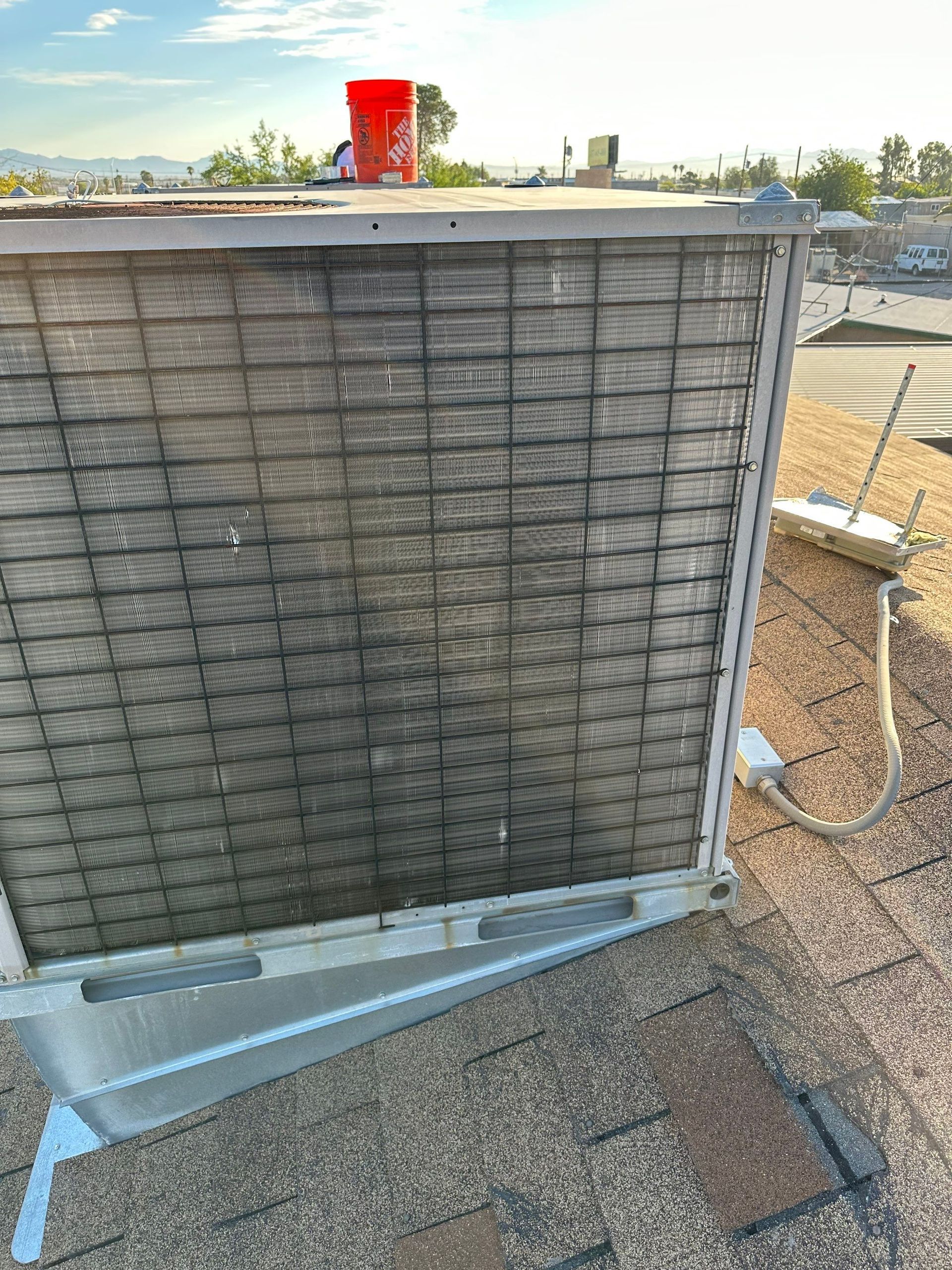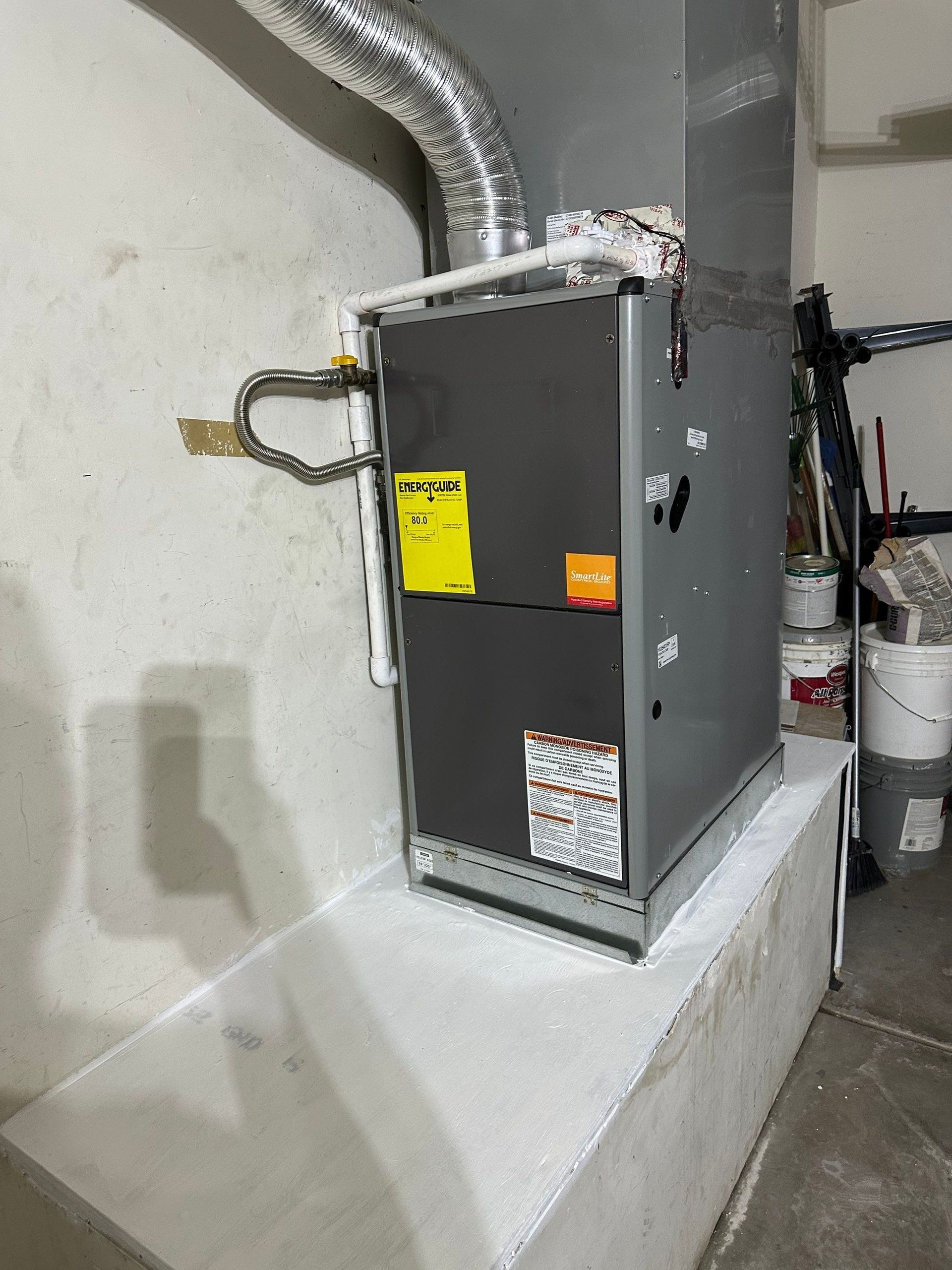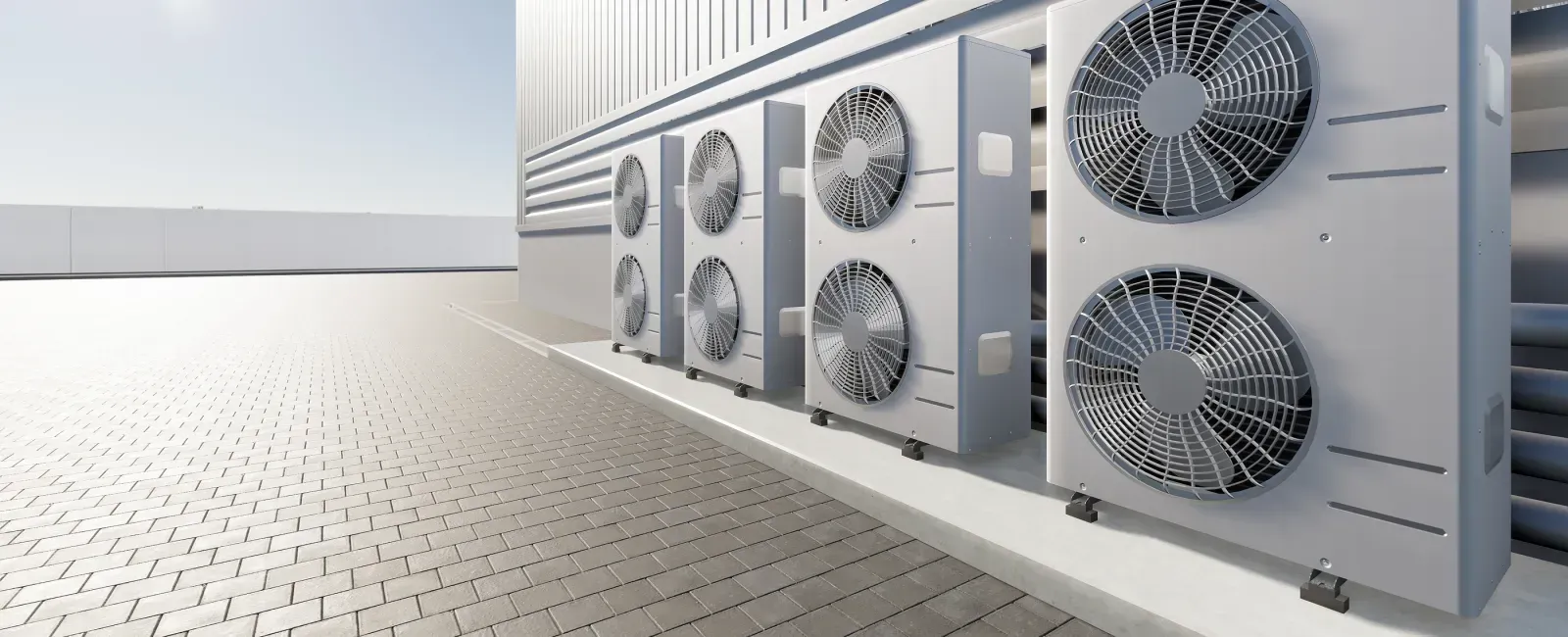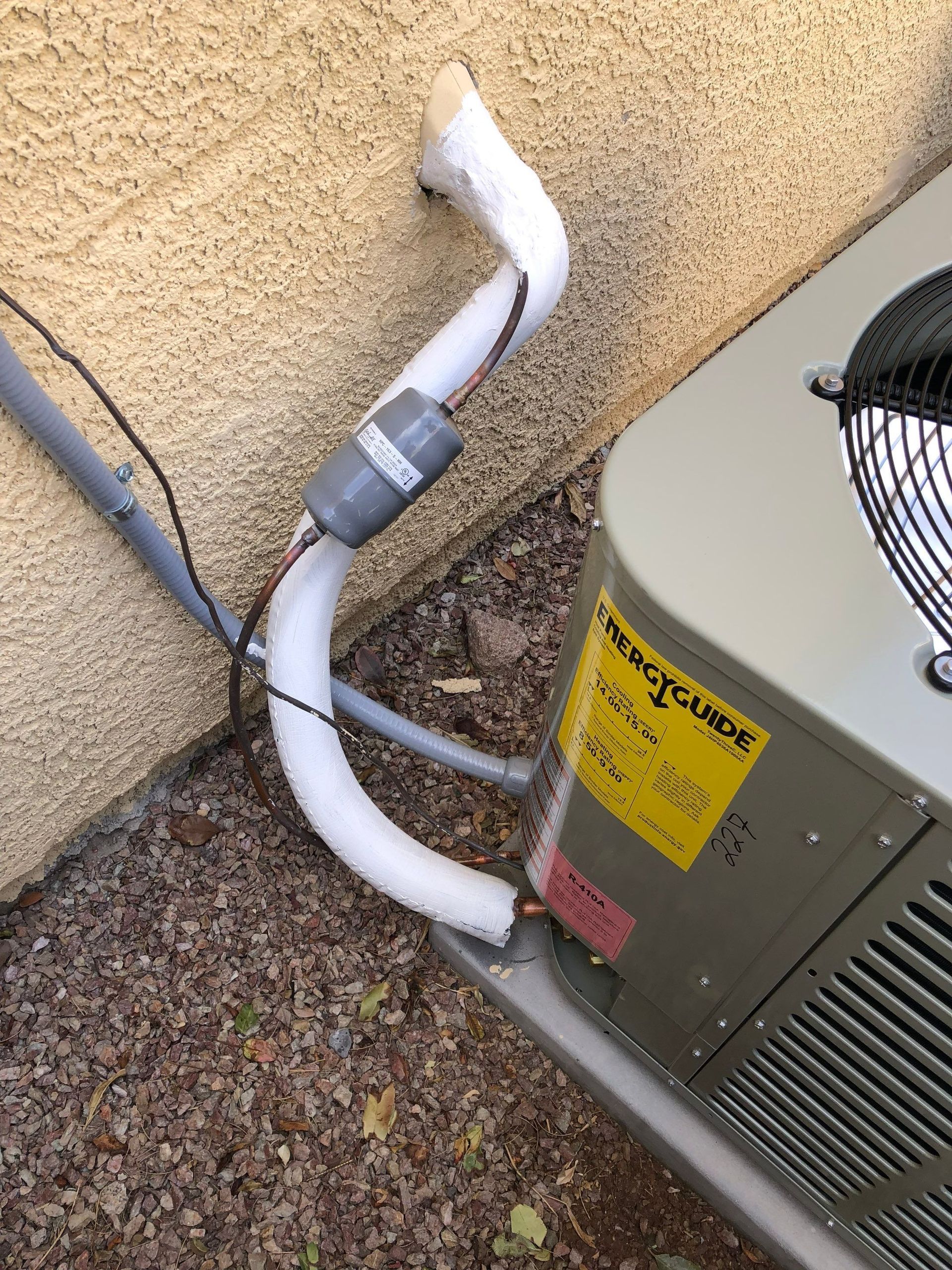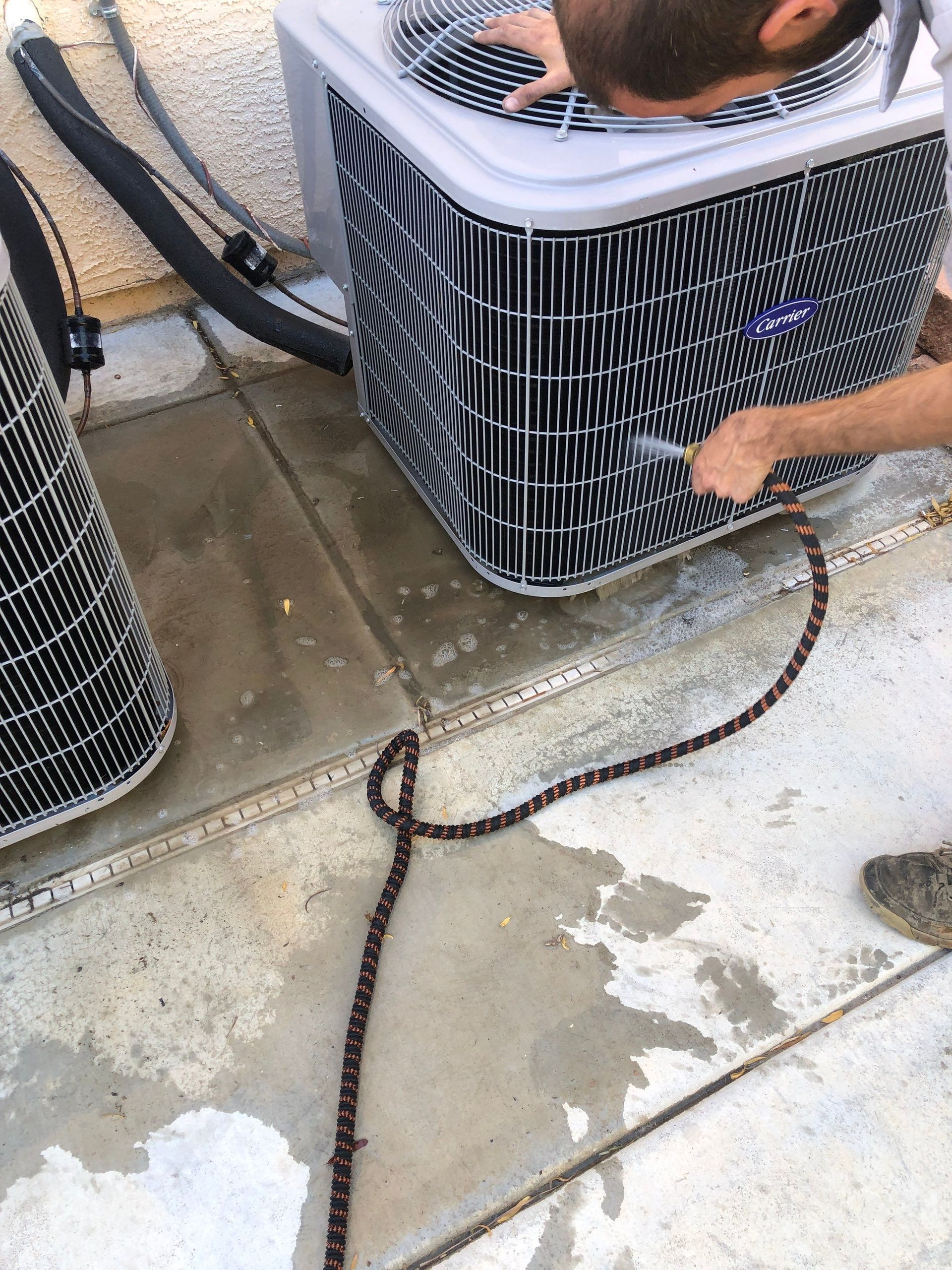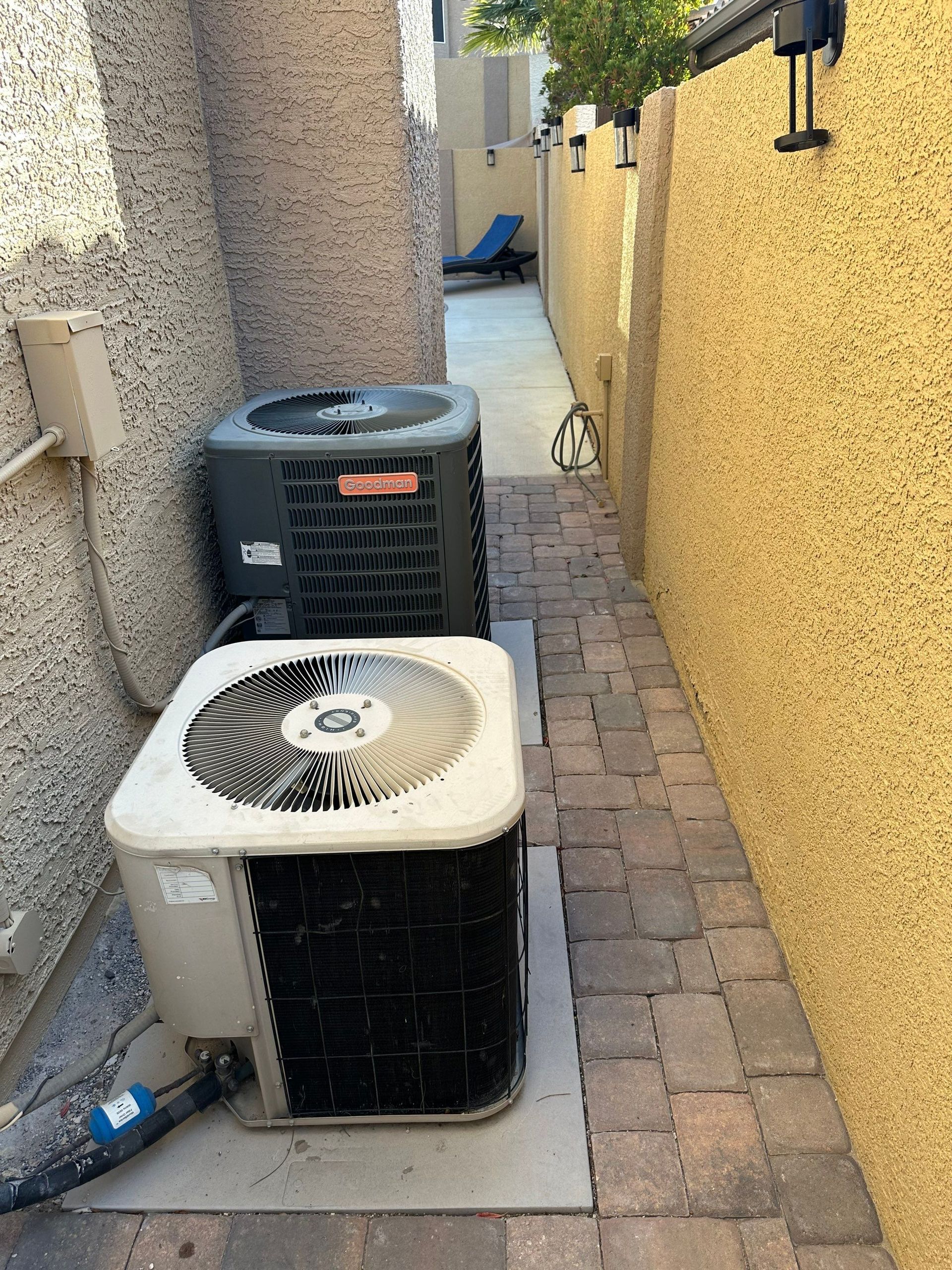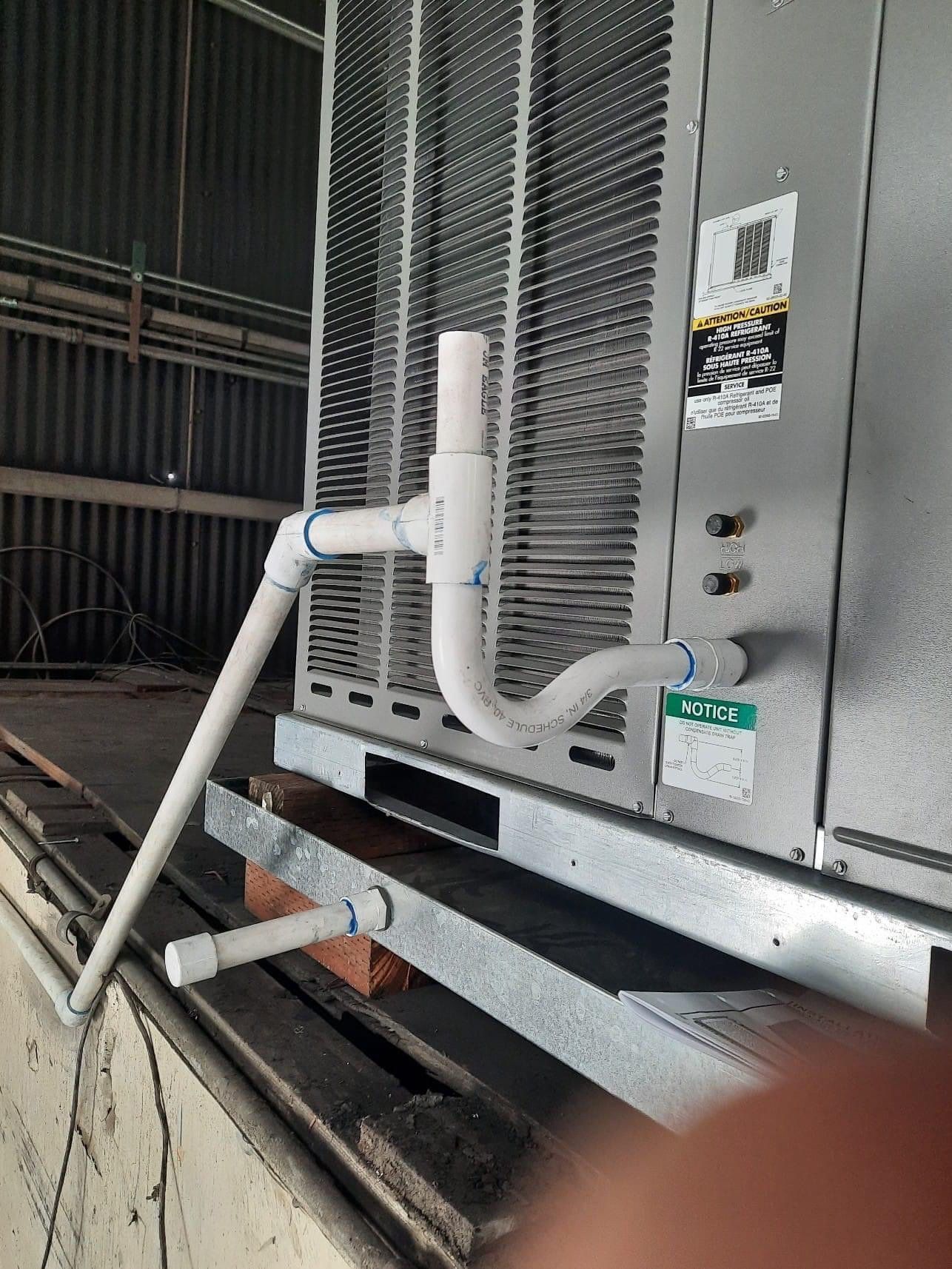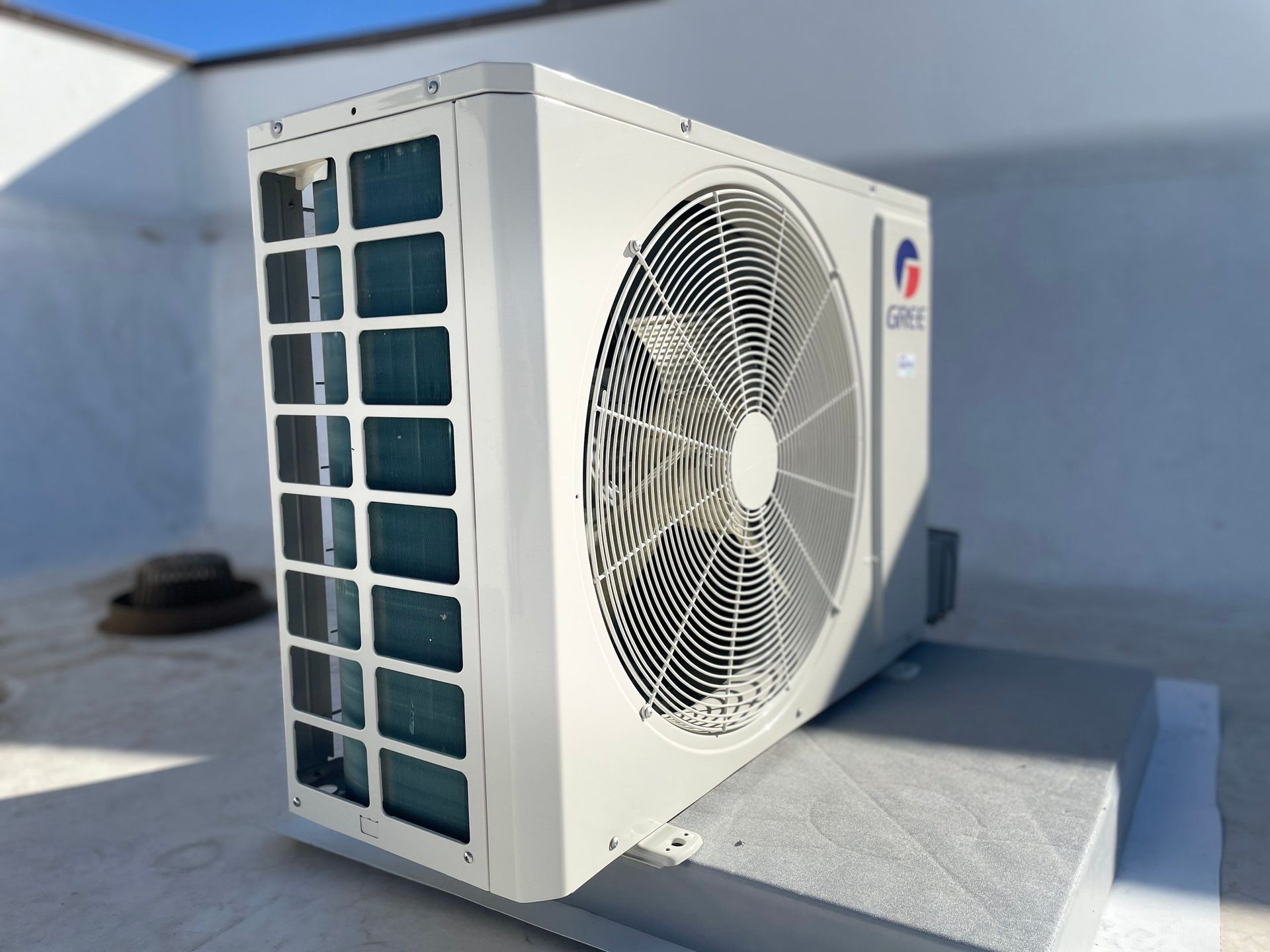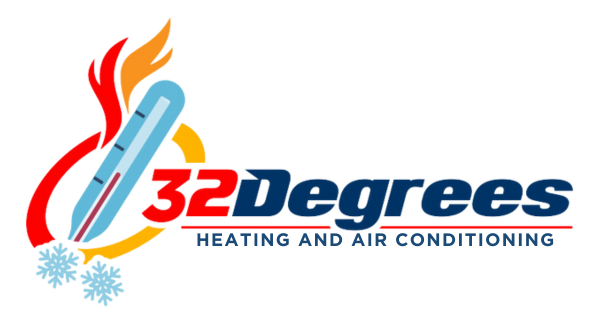Top 5 Tips to Reduce Your Cooling Costs This Summer
As the summer sun starts to really heat things up, we all know that keeping cool at home can start to get a bit pricey. But don’t sweat it—there are plenty of smart, simple ways to cut down on those cooling costs without having to sit in the heat.
Whether you’re using air conditioning, fans, or a combination of both, we’ve got some top tips to help you stay chill and save money this summer. Check out these easy strategies that can make a big difference in how comfortable you feel at home, and on your wallet too.
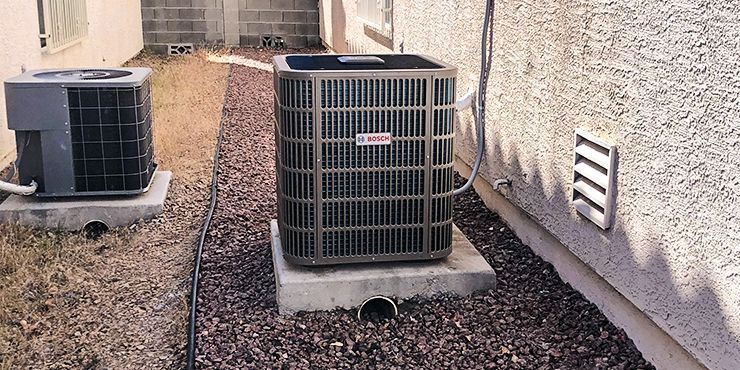
Tip 1: Optimize Your Thermostat Settings
One of the easiest and most effective ways to cut down on cooling costs is to get smart with your thermostat settings. Here’s how you can make some small adjustments that have a big impact:
- Set It Right: During the summer, keep your thermostat set at 78 degrees Fahrenheit when you are home and active. This temperature is considered optimal by energy experts for balancing comfort and efficiency. It might seem a little warm, but with the right fan setup, it can feel quite comfortable.
- Go Higher When Away: Increase the thermostat setting by 5 to 7 degrees when you leave the house. There’s no need to keep empty rooms super cool, and this small adjustment can save you a significant amount on your cooling bills.
- Use a Programmable Thermostat: If you don’t already have one, consider installing a programmable thermostat. They are great for automatically adjusting the temperature based on the time of day, which means you can set it to start cooling the house down right before you get home, and save energy when you're away.
- Consider Smart Thermostats: For an even more efficient home, smart thermostats offer the best in technology and convenience. They learn your schedule and temperature preferences to optimize your home’s cooling without any extra thought from you. Plus, many models allow you to control the settings remotely from your phone, so you can make adjustments on the go.
By finetuning your thermostat settings, you can significantly reduce the amount of energy you use for cooling, which in turn lowers your utility bills. It's a simple change that can lead to big savings throughout the summer.
Tip 2: Enhance Home Insulation
Good insulation isn't just for keeping warm in the winter; it's also essential for beating the heat in summer. By improving the insulation in your home, you can significantly reduce the workload on your air conditioner and lower your cooling costs. Here’s what you can do:
- Seal Windows and Doors: Check for drafts around windows and doors. Using weather stripping or caulking to seal these leaks keeps cool air in and hot air out, enhancing your home’s overall efficiency.
- Install Thermal Curtains: Thermal or blackout curtains can block out a significant amount of sunlight and heat, especially from windows that face the sun. Hanging these can keep your rooms cooler without relying heavily on the AC.
- Upgrade Attic Insulation: If your attic isn’t well insulated, consider adding more insulation to prevent heat from seeping into your living spaces from the hot roof.
These simple upgrades can make a big difference in maintaining a comfortable temperature at home and reducing your energy bills.
Tip 3: Use Ceiling Fans Effectively
Ceiling fans can be a game-changer when it comes to enhancing your home's comfort and reducing cooling costs. They use significantly less energy compared to air conditioners and can make a room feel several degrees cooler due to the wind chill effect they create. Here’s how to use them effectively:
- Direction Matters: Ensure that your ceiling fans are rotating counterclockwise during the summer. This direction pushes cool air down, creating a breezy effect that makes the room feel cooler.
- Adjust Thermostat: With ceiling fans on, you can set your thermostat at a higher temperature without compromising on comfort. For every degree you raise the thermostat, you can save about 48% on your cooling expenses.
- Turn Off When Not in Use: Remember, ceiling fans cool people, not rooms. So, turn them off when you leave a room to save energy.
By integrating ceiling fans into your cooling strategy, you can maintain comfort while using less air conditioning, which significantly lowers your energy bills during the hot months.
Tip 4: Maintain or Upgrade Your HVAC System
Keeping your HVAC system in tip-top shape is crucial for ensuring it runs efficiently and doesn't drive up your energy bills. Here’s what you can do to maintain or even consider upgrading your system:
- Regular Maintenance: Schedule annual maintenance checks with a professional to keep your HVAC system running at its best. This should include cleaning the coils, checking the fins, ensuring the system is properly charged with refrigerant, and making sure all electrical connections are sound.
- Change Filters Regularly: Replace the air filters in your HVAC system at least every three months. A clean filter improves air flow and system efficiency, reducing the overall energy consumption.
- Consider Energy-Efficient Upgrades: If your HVAC system is old and often needs repairs, it might be time to upgrade to a more energy-efficient model. Look for units with a high SEER (Seasonal Energy Efficiency Ratio) rating, which indicates better energy usage.
Proactive maintenance and potential upgrades can significantly reduce your cooling costs by preventing costly breakdowns and ensuring your system uses energy as efficiently as possible.
Tip 5: Reduce Heat Generation During the Day
Reducing the amount of heat generated inside your home during the day can significantly decrease the workload on your air conditioner, thereby lowering your cooling costs. Here are some practical ways to keep indoor heat to a minimum:
- Cook Wisely: Avoid using the oven or stove during the hottest parts of the day. Instead, opt for using the microwave, or better yet, grill outside. Not only does this keep excess heat out of your kitchen, but it also makes for a great summer activity.
- Use Appliances at Night: Run heat-generating appliances like dishwashers and dryers during the cooler evening hours. This strategy helps maintain a lower temperature in your home during the day when it’s hotter outside.
- Switch to LED Bulbs: Incandescent bulbs convert a large portion of the energy they use into heat. Switching to LED bulbs can reduce the heat emitted and also save on electricity, as they are much more energy efficient.
On a final note:
By implementing these five simple tips, you can significantly reduce your cooling costs while maintaining comfort throughout the summer. Small changes in your daily habits and home maintenance routine can lead to big savings. Stay cool and save money by optimizing the cooling strategies of your home this season.
Ready to work with 32 Degrees Heating and Air Conditioning?
Let's connect! We’re here to help. Send us a message and we’ll be in touch. Or give us a call today at 725-720-2912
Agency Contact Form
Our Blogs...
32 Degrees HVAC Solutions
